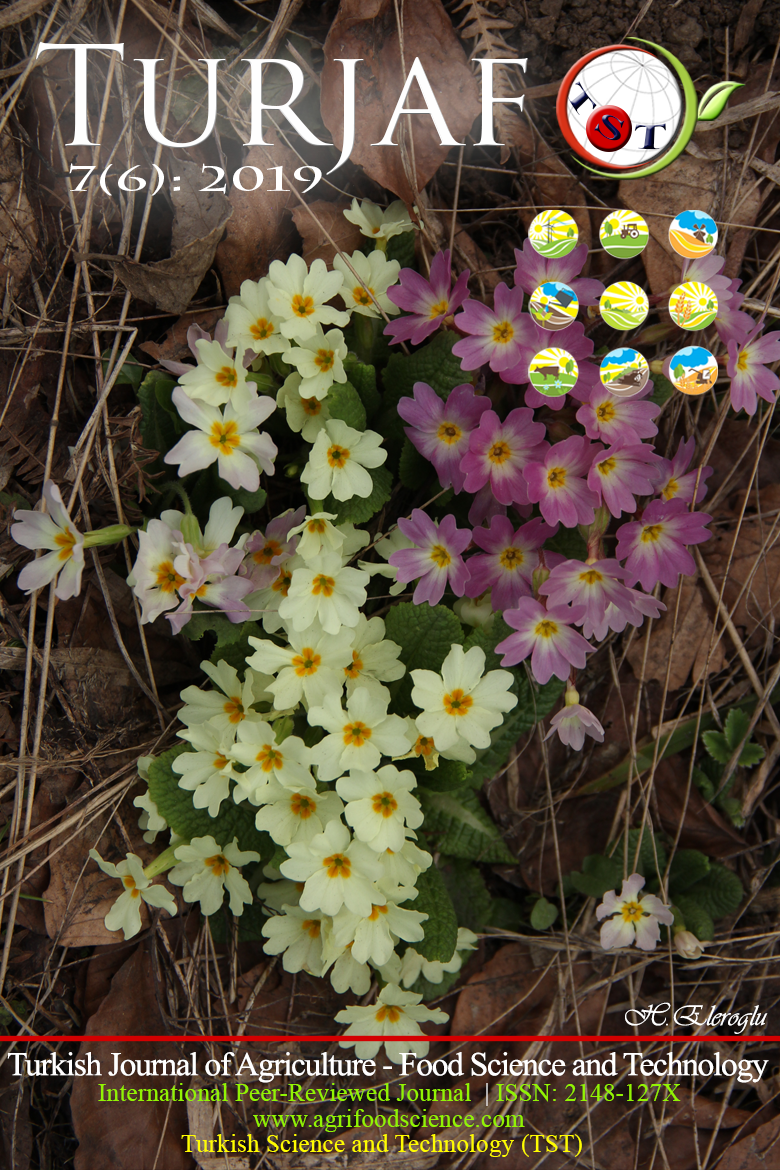The Effect of Different Thawing Methods on Quality Parameters of Frozen Mussels and Shrimp Meats
DOI:
https://doi.org/10.24925/turjaf.v7i6.927-933.2554Keywords:
Mussel meat, Shrimp meat, Thawing methods, Quality, ConsumerAbstract
In this study, the effects of different thawing methods on microbial, physical and sensory quality of frozen mussels and shrimp samples were investigated. The thawing process was carried out at the refrigerator temperature (B4: 4±1ºC), at room temperature (O22: 22±1ºC), in warm water (I30: 30±1ºC) and in hot water (S55: 55 ± 1ºC). Total mesophilic bacteria counts in mussel and shrimp meat samples were found with the lowest in B4 (2,74 log KOB / g) and S55 (3,35 log KOB / g) groups, the highest values were found in the I30 group in both samples. In terms of psychrophilic bacteria, the lowest results were determined in the groups thawed by S55 method. According to the color results; the lowest L* value in mussels and shrimp meat was determined in I30 group, the b* value associated with oxidation was found to be highest in mussel meat samples in O22 and in shrimp meat samples in B4 group. The lowest water activity value was found in mussel meat in B4 and in shrimp in O22 groups. According to sensory analysis results; the highest overall acceptability score was determined in the thawed in refrigerator in both samples. Consequently, when all the quality parameters were evaluated, it was determined that thawing in the refrigerator and hot water was the best method.Downloads
Published
26.06.2019
How to Cite
Ceylan, Z., & Unal, K. (2019). The Effect of Different Thawing Methods on Quality Parameters of Frozen Mussels and Shrimp Meats. Turkish Journal of Agriculture - Food Science and Technology, 7(6), 927–933. https://doi.org/10.24925/turjaf.v7i6.927-933.2554
Issue
Section
Research Paper
License
This work is licensed under a Creative Commons Attribution-NonCommercial 4.0 International License.









